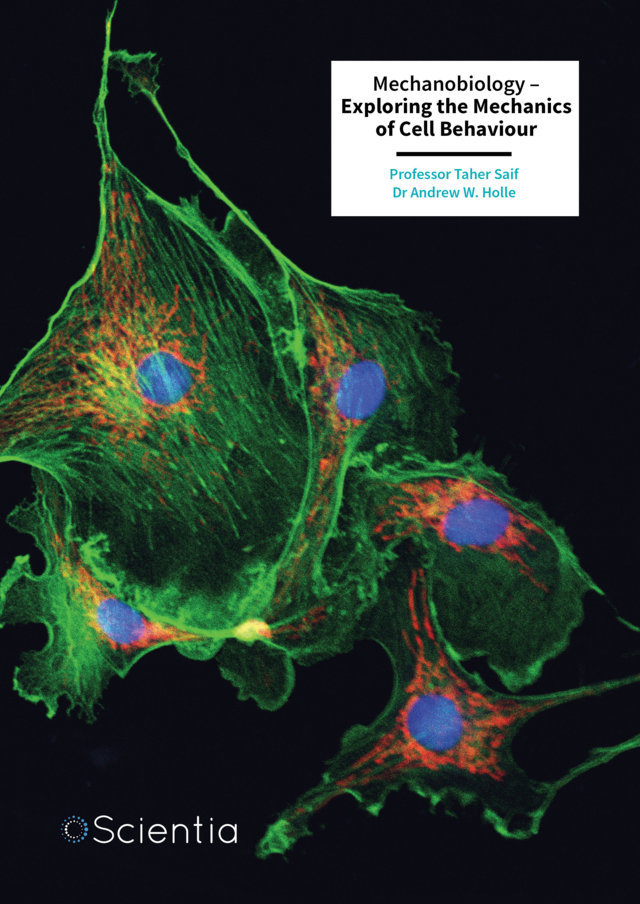Premature birth puts infants at a greater risk of developing various medical conditions, including a chronic lung disease known as bronchopulmonary dysplasia – or BPD for short. Dr. Rebecca Rose, a neonatologist at Indiana University, recently explored how modulating ventilator settings used for very premature newborns can significantly improve their outcomes. More
BPD is a chronic lung disease characterized by damage to the lungs and airways. This disease most commonly develops in premature newborns who cannot breathe well yet, and thus require oxygen therapy delivered via ventilators.
The guidelines followed by many neonatal intensive care units suggest setting ventilators to ensure that the volume of air moving in and out of the lungs in a single breath is between 4.5 and 6 milliliters per kilogram of body weight. However, studies have found that prolonged ventilation can increase the risk of lung injuries. This can contribute to the abnormal dilation of the trachea, increasing the resistance of airways and potentially leading to lung injury and scarring.
This lung injury, in premature infants, is called BPD, and when severe can require invasive procedures, such as tracheostomies. A tracheostomy involves cutting into a patient’s neck and creating an opening in the trachea, to facilitate the flow of oxygen into the lungs, through a tracheostomy tube. This tube is more stable than the endotracheal tubes used in the hospital and allows very long-term ventilation, for months to years, that can be provided in the home.
In infants, this procedure can lead to complications, further hospital admissions, and even death. Research investigating the care of premature infants is of utmost importance, as it could help to identify new therapeutic strategies to prevent or reduce ventilator-related lung damage, thus reducing the risk of severe BPD and the need for tracheostomies in premature infants.
Dr. Rebecca Rose, a Physician at Riley Hospital for Children and Associate Professor of Clinical Pediatrics at Indiana University is co-director of the interdisciplinary BPD inpatient team. This team meets regularly to discuss premature infants who still require ventilation through an endotracheal tube at 4 weeks of age to ensure consistency of care throughout their stay in the neonatal intensive care unit and improve long term outcomes. The team uses standardized assessments of real time data from the ventilator to tailor ventilator settings to the changing lung physiology as the baby ages. A recent paper examined the potential of carefully modulating the settings of ventilators to prevent air trapping, and decrease the severity of BPD and the need for tracheostomy.
The BPD team cares for patients in the neonatal intensive care unit at Riley Hospital for Children, which also includes a maternity center. Although doctors in this maternity center try to limit the use of invasive ventilators, many premature babies require them for several days, weeks, or months.
Dr. Rose and her colleagues collected data in their neonatal intensive care unit for a period of approximately four years, spanning from early 2017 to late 2021 as part of an ongoing effort to improve the quality of care and outcomes in premature infants. In late 2018, they introduced an interdisciplinary team of physicians, including pulmonologists, and neonatologists, who were trained on a protocol for assessing an infant’s need for bedside ventilation and adapting ventilator settings based on the patient’s lung mechanics.
This team, dubbed the “BPD Team”, implemented a strategy to assess lung mechanics and the interactions between an infant and the ventilator. These assessments could then guide changes in ventilator settings.
The team specifically focused their efforts on premature infants born before the end of the 29th week of gestation, who were still on invasive mechanical ventilation (ventilator support through an endotracheal tube), which they categorized as being at high risk of developing severe BPD. These patients have already incurred injury to their lungs from the ventilator, and often require invasive ventilation for prolonged periods of time. Continued ventilation with “gentle ventilation”, the style of ventilator settings used to prevent BPD, in these patients can lead to ventilating only the less injured areas of the lung, creating areas of collapsed lung next to areas of overdistended lung.
For these high-risk infants, the team followed a set of recommendations designed to intervene early, to use larger breaths given less frequently to avoid air trapping and ensure that adequate positive pressure remains in the airways at the end of a breath cycle. These recommendations were designed to ensure that air from the ventilator inflates all areas of the lungs, and the patients exhale fully, decreasing air trapping in the lung and minimizing further damage in the lungs and airways.
Dr. Rose and her colleagues later analyzed the data and observations gathered in their neonatal intensive care unit to assess the effectiveness of the early interventions. This included the medical information and therapeutic outcomes of 207 infants, of which 75 were treated before the intervention and 132 afterwards.
The most premature infants participating in the study were born when they were at the 22nd week of gestation, when their mothers were approaching the end of their 5th month of pregnancy. The least premature were born at the 28th week of gestation, when their mothers were in the 7th month of pregnancy.
The team’s results were highly promising, as their intervention did appear to have beneficial results. By introducing their guidelines for adapting ventilation settings, they were able to significantly reduce the number of infants who required a tracheostomy after invasive ventilation.
While the difference in the patients’ average length of hospitalization before and after the intervention was not significant, the team did observe a trend indicating that the intervention helped some patients go home earlier. Specifically, the average length of stay in hospital before the intervention was 180 days, and this went down to 153 days after the intervention.
Overall, the recent study reported by Dr. Rose and her collaborators highlights the promise of early intervention strategies designed to adapt ventilation settings, to avoid unnecessarily exposing infants to highly intensive mechanical ventilation for prolonged periods of time. The intervention devised by the clinicians, which featured an inter-disciplinary team and ventilator assessment guidelines, was found to significantly reduce the need for tracheostomies.
These findings suggest that measuring changes in the lung mechanics of premature newborns and adapting ventilator settings accordingly could help to reduce ventilator-related injury to the lungs and airways, thus decreasing the severity of BPD. In the future, the work by Dr. Rose and her colleagues could inform the development of new protocols for neonatal intensive care units, which could help to improve the therapeutic outcomes for extremely premature newborns, limiting tracheostomy and home ventilation, and speeding up recovery.







